If you've ever walked into a fabric store with the best intentions, only to come home with gorgeous yardage that sits untouched in your stash for months (or years!), you're definitely not alone. I've been there too. Falling in love with a stunning print or luxurious texture, bringing it home full of excitement, then realizing I have absolutely no idea what to do with it.
After nearly 30 years of sewing and helping thousands of people build handmade wardrobes they love, I've learned that smart fabric shopping isn't about having perfect self-control. It's about having a clear system that helps you make choices you'll actually feel good about later.
These six rules have completely transformed how I shop for fabric, and they can do the same for you. By the end of this article, you'll have a practical framework for buying only fabric you'll actually use and you'll finally break the cycle of impulse purchases that leave you with nothing to wear.
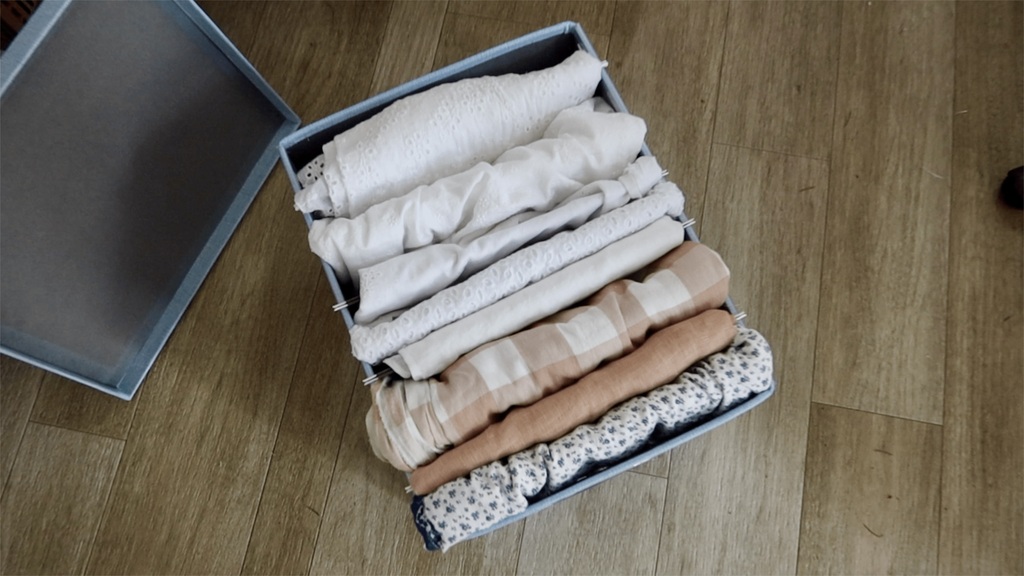
Rule 1: The Closet Reality Check
Here's the trap that catches 90% of sewists: you see a fabric in a color that looks absolutely stunning on someone else or just looks incredible on the bolt. You fall in love with it, bring it home, and then you have absolutely no clue what to do with it. You just don't feel right wearing it.
Your unused fabrics are often in colors you simply don't wear.The Closet Reality Check adds a crucial filter to your fabric shopping by making you take an honest look at what you actually reach for every day.
Try this simple exercise that changed everything for me: organize your closet by color. It'll help you see the colors you wear most. When I did this, I discovered I wear a lot of black, ivory, blue, red, and pink, with a little brown mixed in. That became my shopping filter.
Now when I see a gorgeous orange fabric, I can appreciate its beauty without feeling like I need to own it. If you don't see that color anywhere in your closet, maybe it doesn't belong in your fabric stash either.
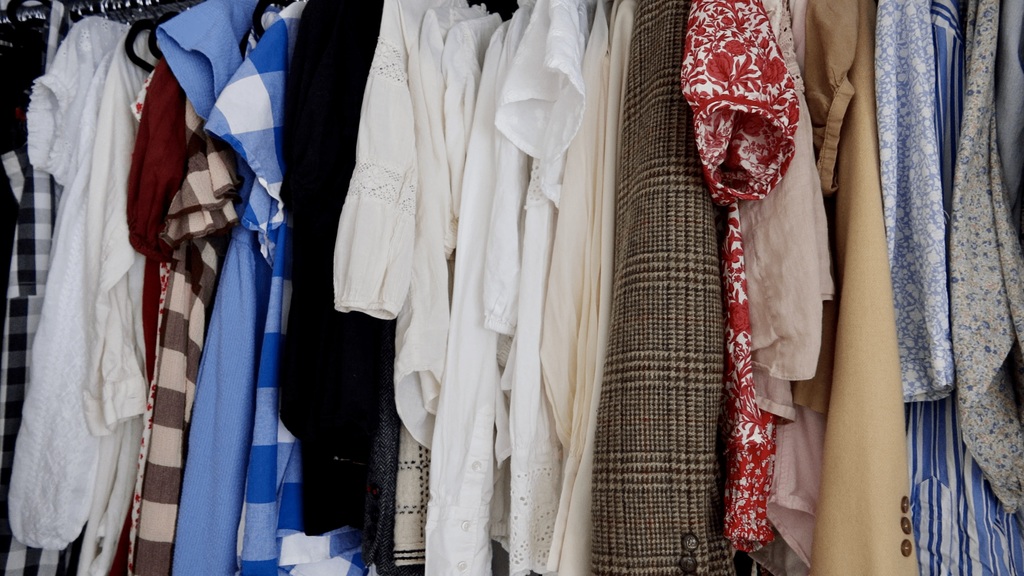
This doesn't mean you can never try new colors. It just means being intentional about it. If you want to branch out, start with one new color at a time and choose fabrics for specific projects rather than buying on impulse.
Rule 2: The Comfort Zone Rule
This one step prevents the most expensive fabric shopping mistakes. The Comfort Zone Rule means really considering the fiber content when you're looking at fabric, not just the color or print.
What makes you comfortable? What do you feel good wearing, both physically and mentally? Do you like to sew with fabrics that press easily? Do you love the idea of wool, but feel itchy when you wear it? Or maybe you love the idea of knits, but you don't actually enjoy sewing with them?
I learned this lesson the hard way when I bought several yards of a beautiful polyester crepe because I loved the print so much. It looked great, but I knew it wouldn't press well and would probably make me sweat. It sat in my stash for ten years because I just don't enjoy wearing synthetic fabrics. Now I stick to natural fibers that I know work with my lifestyle.
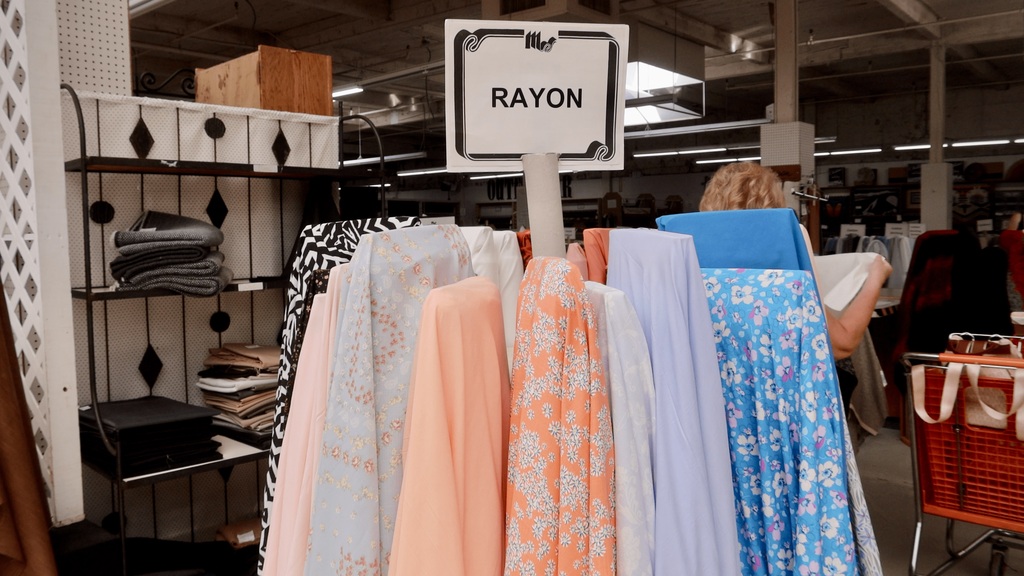
And it's not just synthetics I'm talking about. I absolutely adore silk, but I live in a rural area and it's just not practical most days. I don't avoid it completely, but I know to save silk for those special occasion garments or the occasional fancy top rather than everyday wear.
You can also think about fibers by season. Sometimes you can save money buying off-season fabrics. Knowing your favorite fibers helps you take advantage of sales without ending up with fabric you won't use.
For help choosing the right fabrics for your projects, read this comprehensive guide: How to Shop For Fabric Online: A Beginner's Guide to Buying Fabric With Confidence.
Rule 3: The "Sleep On It" Rule
Here's the antidote to impulsive decisions: time. The "Sleep On It" Rule means giving yourself some distance by taking a swatch home from the fabric store or ordering one online.
If you're feeling at all on the fence about a fabric, a swatch will cost you far less in the long run than yardage you'll never use. I keep a little collection of swatches in my sewing room, and they've saved me from so many purchases I would have regretted.

Sometimes a fabric that looks amazing in the store just doesn't work when you get it home and see it with your other fabrics. Or maybe you still like the fabric, but you really don't have any projects in mind for it right now.
If you're afraid of missing out on a fabric, it doesn't hurt to ask the fabric shop if they can set it aside for a day while you decide. Most shops are happy to hold fabric for a reasonable amount of time, especially if you're a regular customer.
This rule has saved me countless times from buying fabric that seemed perfect in the moment but would have been completely wrong for my actual wardrobe needs.
Rule 4: The Mirror Test
The Mirror Test is simple but powerful, even though it might make you feel a little awkward at first. Find a mirror, grab that bolt, and drape some of the fabric over your body. This shows you how the fabric will actually look when you wear it, and you'll get a real sense of how much you like the color next to your skin.
Try draping it like a top, a dress, or bottoms to see where you like it on your body. I do this all the time at fabric stores. If there's no mirror available, I'll drape it over some nearby bolts to see how it looks and try to visualize it as a complete garment.

The Mirror Test prevents the most expensive fabric shopping mistakes. Colors that seem beautiful in theory don't always work with your skin tone, and this test reveals it immediately. You might discover that a color you thought would be perfect actually washes you out, or conversely, that a color you weren't sure about actually looks amazing on you.
This is especially important when shopping for prints. A busy pattern might look overwhelming when draped across your torso, but perfect for a skirt or accessories.
Rule 5: The "Reach For It" Rule
Here's what a lot of people miss: falling in love with fabric at first sight and thinking that's enough reason to buy it. But the "Reach For It" Rule asks you one crucial question: "Is this fabric going to be practical for me in my life?"
Think about the fabrics you reach for every single time you sew from your stash. Do you sew with linen constantly? Do you love wearing lightweight cottons? Make a mental list of the fabrics you sew and wear often. These are the fabrics you'll almost always find a use for.
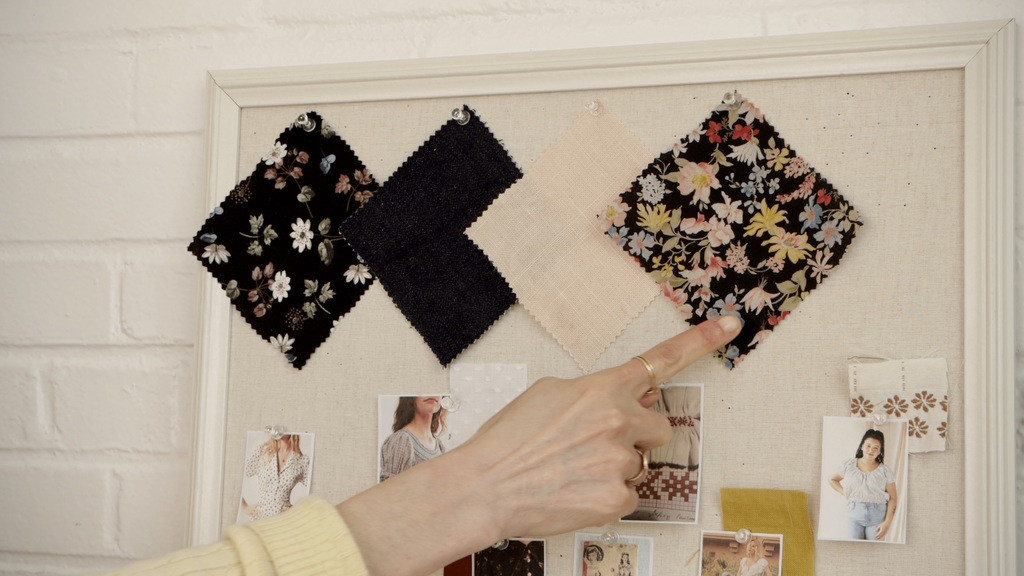
For me, I know I'll always reach for a beautiful cotton lawn or a soft linen. Those fabrics have earned their place in my "buy on a whim" category because I know myself well enough to know I'll use them. But that gorgeous silk charmeuse that caught my eye? Unless I have a specific project in mind, it's probably going to sit in my stash looking pretty but unused.
The "Reach For It" Rule doesn't forbid impulse purchases—it gives you that essential filter to make smart choices. If you're constantly reaching for ponte knits because they're comfortable and easy to sew, then that beautiful ponte in a new color is probably a safe bet.
Think about patterns you sew repeatedly too. If you've made the Goldie tee three times because you love the fit, then you know exactly what kinds of knits work well for that pattern.
Rule 6: The FOMO Fighter
You can't buy every fabric you love, so you're always missing out on something. That's completely okay. The FOMO Fighter recognizes that fear of missing out is a huge motivator for overspending, and not just on fabric.
It's helpful to recognize FOMO for what it is and label it in your mind. Just ask yourself: "Do I really have a purpose for this, or is this FOMO talking?"
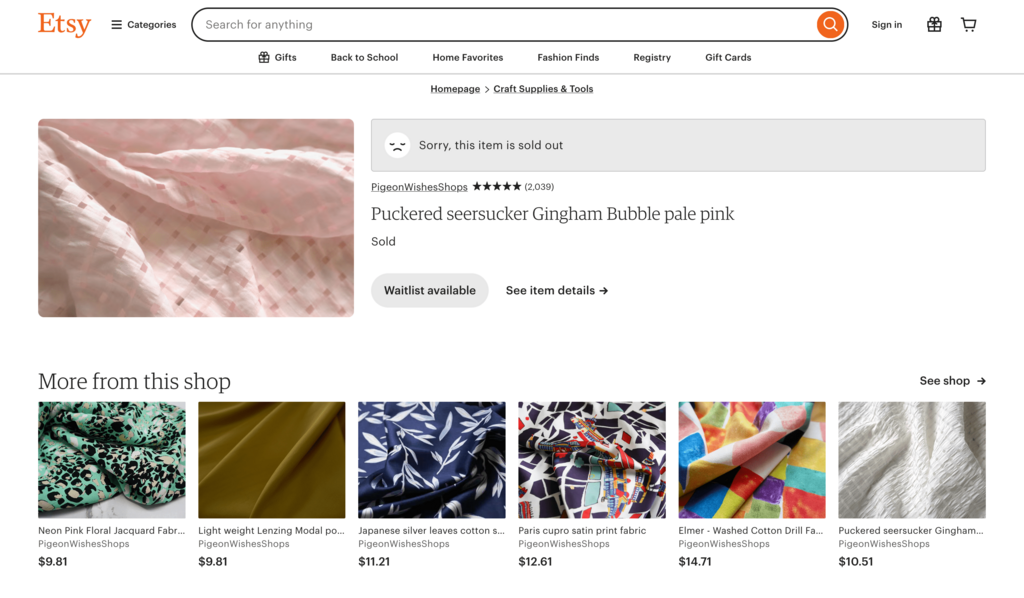
Recently, I saw this gorgeous pale pink seersucker fabric online. I bookmarked it to think about since I didn't have a specific project in mind. When I went back, it was sold out. I had a twinge of regret, but after a moment I told myself "There will always be more beautiful fabric than I can possibly use" and let it go.
Believe me, this doesn't come easily to me. I love stockpiling creative tools and inspiration, including fabric. But with practice, I've learned that a big part of creativity is curation.
Here's how to make the FOMO Fighter practical: create a personal Venn diagram for the fabrics you sew and wear most. Think about the colors, prints, and fibers you like best, and you can confidently impulse purchase fabrics that sit at the center of your diagram—especially if they're on sale.
Putting It All Together: Your Fabric Shopping System
You can even keep this diagram on your phone. When I see a fabric I love, I can quickly assess where it fits in my personal fabric universe and make a smart choice using all six rules.
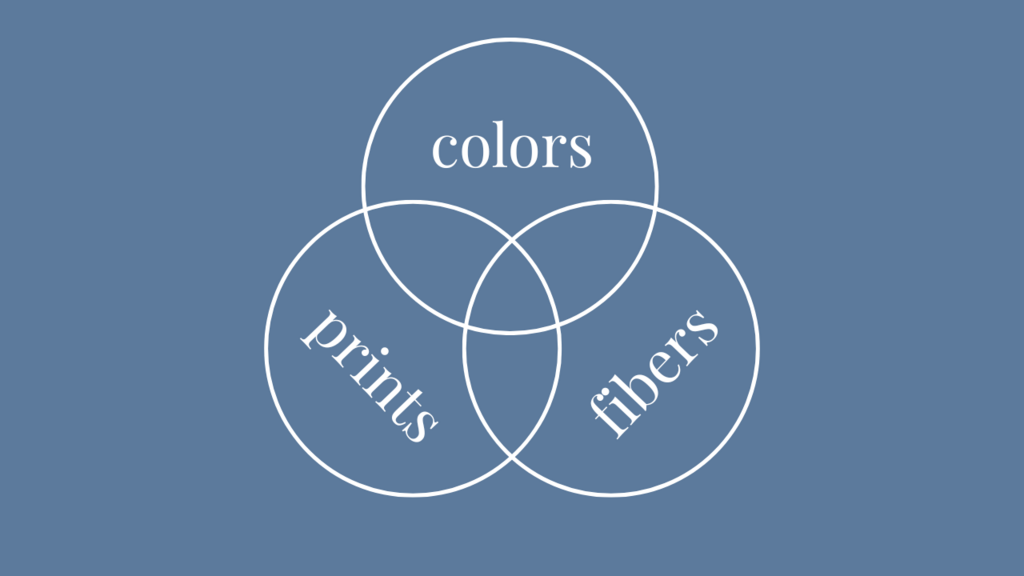
Here's how to use these rules in practice:
• Before you shop: Do your closet reality check and identify your most-worn colors and most-reached-for fabrics.
• At the store: Use the mirror test and consider the comfort zone rule. If you're unsure, take a swatch.
• When you get home: Sleep on it and apply the "reach for it" rule. Combat FOMO by reminding yourself that there will always be more beautiful fabric.
These rules work whether you're shopping online or in person. For online shopping, order swatches liberally—they're a small investment that can save you from expensive mistakes.
Building Your Ideal Fabric Stash
The goal isn't to never buy fabric again—it's to buy fabric that serves your actual life and sewing goals. When you follow these rules, you'll find that your stash becomes more curated and useful, rather than just a collection of beautiful things you never touch.
You'll also discover that you can be more adventurous with the fabrics you do buy because you'll have confidence that they fit into your overall wardrobe vision. Maybe you've never sewn with velvet before, but if it passes all six tests, you can feel good about that purchase.
For more guidance on building a wardrobe you love, read this article: Seamwork's Best Tips for Your Me-Made Style and Wardrobe.
Remember, these rules are guidelines, not rigid restrictions. The more you practice them, the more natural they'll become, and the more satisfaction you'll get from both your fabric purchases and your finished garments.
Your future self—the one wearing clothes you actually love instead of staring at a pile of unused fabric—will thank you.
